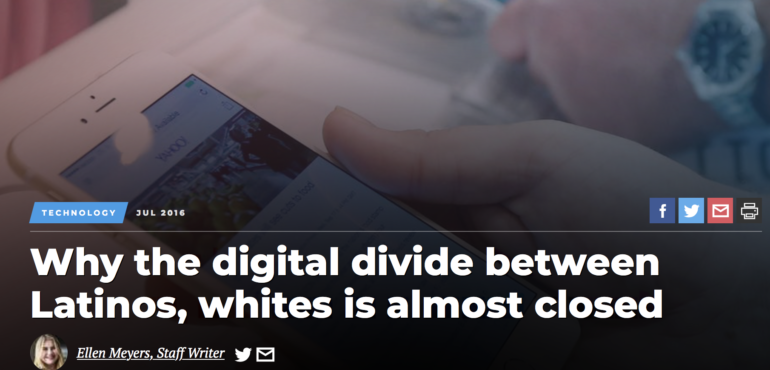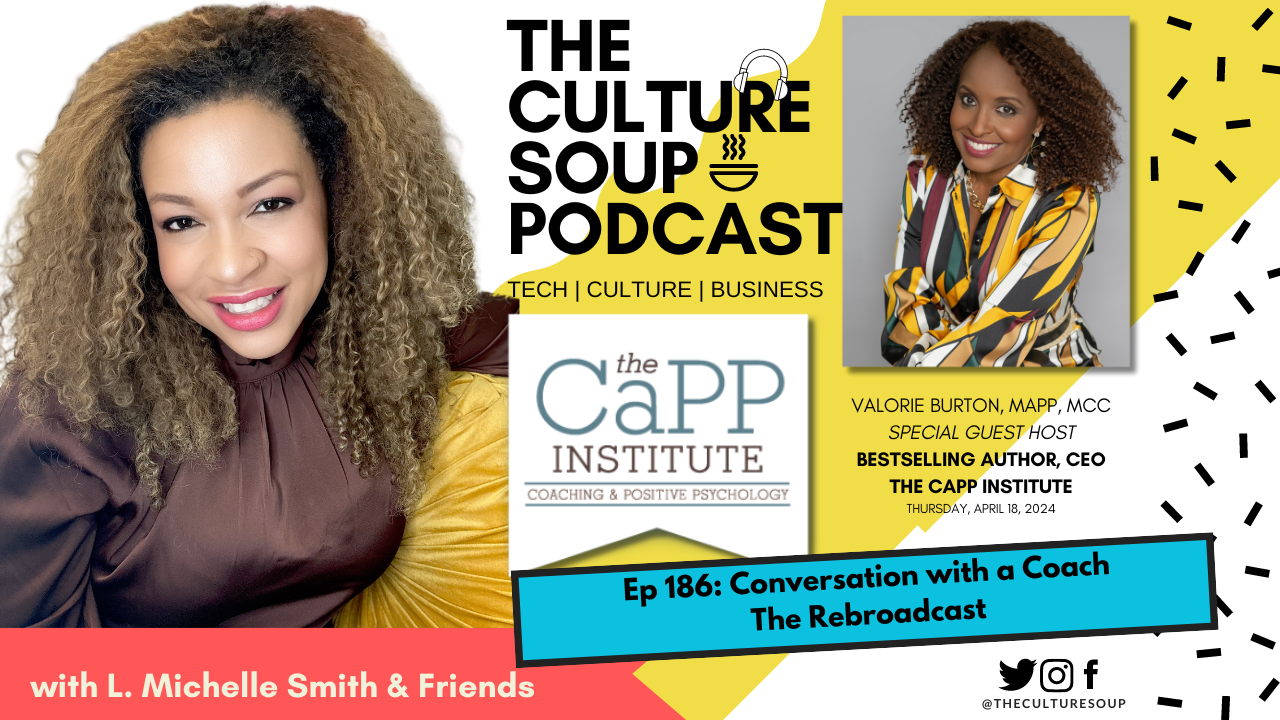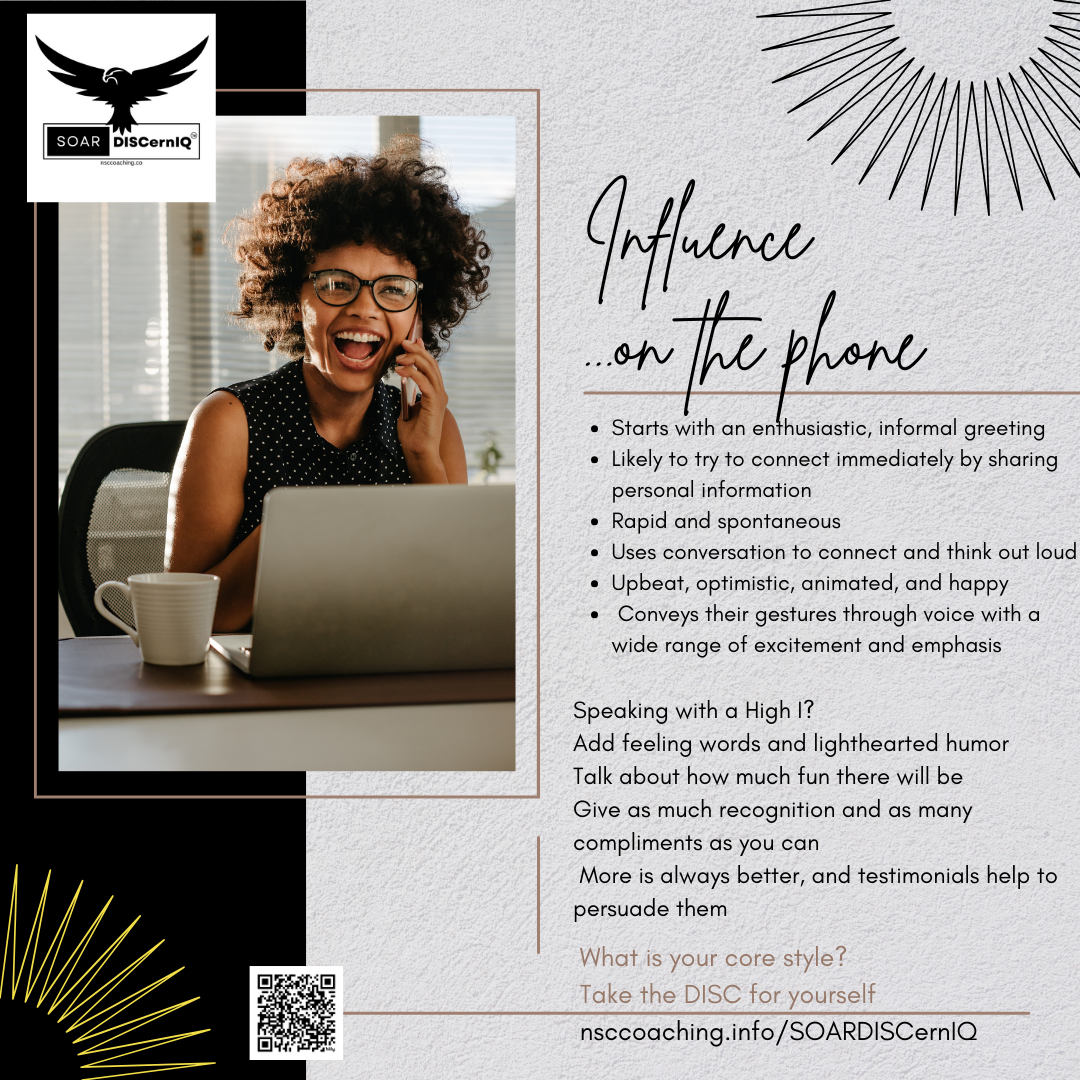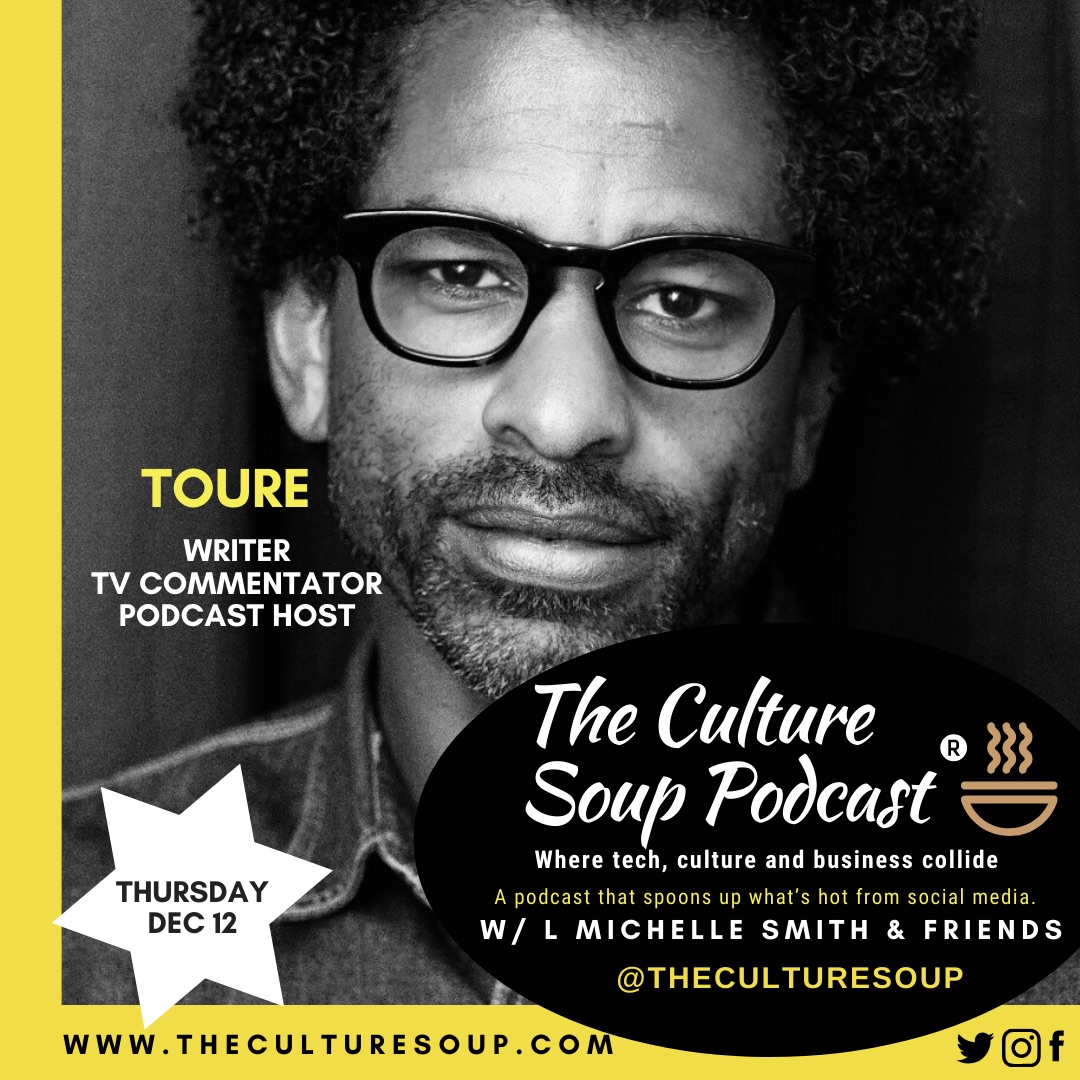Why the digital divide between Latinos, whites is almost closed
By Ellen Meyers, Staff Writer
The internet use gap between Latinos and whites is almost closed, as more immigrants and Latinos who speak predominantly Spanish are going online, according to a national study released Wednesday.
The share of Latinos using the internet has increased from 64 percent in 2009 to 84 percent in 2015, according to a Pew Research Center report that surveyed 1,500 Latinos. Whites’ internet usage has grown at a slower rate, from 80 percent to 89 percent, making the demographics’ gap at its lowest point ever.
Immigrants and Spanish speakers are driving growth in Latinos’ online habits. In 2009, about half of immigrant Hispanics and only 36 percent of Spanish-speaking Latinos reported using the Internet. Now, about four-fifths of immigrants and three-quarters of Spanish speakers are on the web.
That’s a sign that immigrants who have been in the U.S. for years are becoming more settled, said Mark Hugo Lopez, director of Hispanic research at Pew and one of the report’s authors. The longer they are in the U.S., the more things they do to build their roots, such as buying a home or getting married.
Pew isn’t the only research organization noticing Hispanics’ shifts in internet habits. Dallas-based market research firm Rincón and Associates released a survey earlier this month that found Dallas-Fort Worth Latinos’ internet access has nearly doubled since 2011, from 49 percent to 89 percent.
“These are dramatic increases and it speaks well for the immigrant Hispanics,” Edward Rincón, president of Rincon & Associates, said about both the Pew report and his firm’s results. “They’re the ones that are engaging with the Internet, especially with their cell phones.”
In fact, Latinos are the most likely demographic to own a cell phone and access the internet through a mobile device, according to the report. Some 80 percent of Latino adults use a cell phone or a tablet to go online at least occasionally. Most Latinos who are 49 or younger use a phone to go online, while only 35 percent of Latinos ages 65 and older do.
Staying in touch with family and friends is a big factor for why Latinos are the largest demographic to own and access the internet through a mobile device, Rincón said. Social media networks such as Facebook are important tools for communicating with loved ones, and smartphones make it easier to contact people.
“Latinos love staying in touch with each other,” he said. “As they become more separated, they rely on their devices more to stay in touch.”
L. Michelle Smith, the director of public relations for AT&T Global Marketing Organization, said in an email that the Pew Research Center’s data on Latinos’ internet usage was on par with what AT&T knows.
“For the Latino segment, community not only means around the corner, but it can mean staying in touch around the globe,” she said. “Low cost, and even free messaging platforms and apps are especially popular for keeping up with international family and friends.”
Meanwhile, broadband subscriptions have remained stagnant; some 46 percent of Latino adults report having internet connections at home. Foreign-born and predominantly Spanish speaking Latinos are less likely to have internet at home than those who are born in the U.S. or speak primarily English.
“On the one hand, it’s expensive to have both at the same time. That may be part of the reason,” Lopez said. “On the other hand, smart phones are ubiquitous and quite powerful. One can do many things with a smart phone.”
Rincón echoed similar sentiments. He cited the cost of a cell phone as being small compared to a computer. Mobile devices are also convenient, especially for lower-income Latinos. “It’s a combination of all those things,” he said.
The data gives insight into how companies should be marketing to Latinos in the U.S. It will make companies rethink what products and services they should be offering to this demographic and how to target different subgroups within Latinos, Rincón said.
“I think the segmentation has been going on for some time,” he said.
Spanish language advocates had been telling companies that Spanish-language marketing was the only way to communicate with Latinos, Rincón said. But that is not the case; for example, the majority of Latinos born in the U.S. speak predominantly English while many foreign-born Latinos speak only Spanish.
“They have a lot in common, but they’re still very different in their experiences in the U.S,” Rincón said. “A marketer would be making a major mistake in doing the same campaign for all Latinos.”
Dallas-based AT&T, which spent $4.4 billion last year to buy two wireless companies in Mexico, is encouraged by the research because millennial Latinos tend to adopt technology earlier and use it often, Smith said.
“We are encouraged to continue to develop marketing programs that are digital, video-intense and that speak to them as true ambiculturals,” she said. “Those are individuals that see themselves as global citizens who are 100 percent American and 100 percent Latino.”




![[Inside Podcasting] Lists The Culture Soup Among the “Anything But Boring” Business Podcasts](https://www.lmichellesmith.com/wp-content/uploads/2018/10/0FDBD0AA-AAAD-4871-9EA8-F9065C179139.jpeg)





